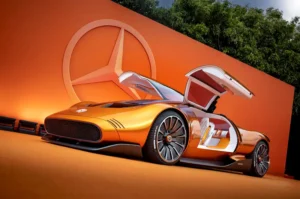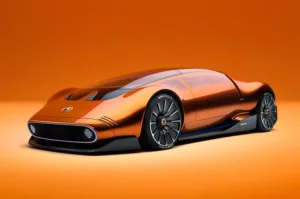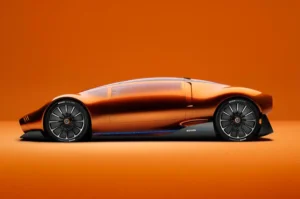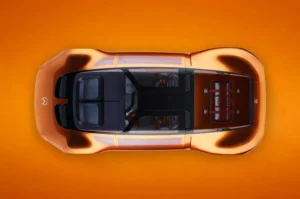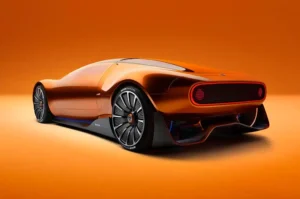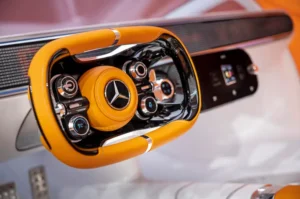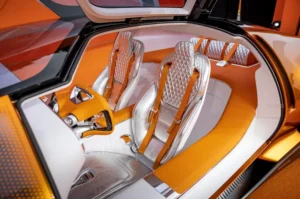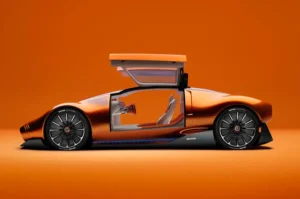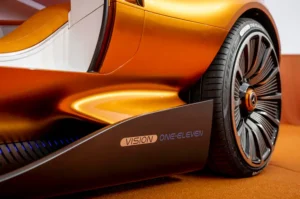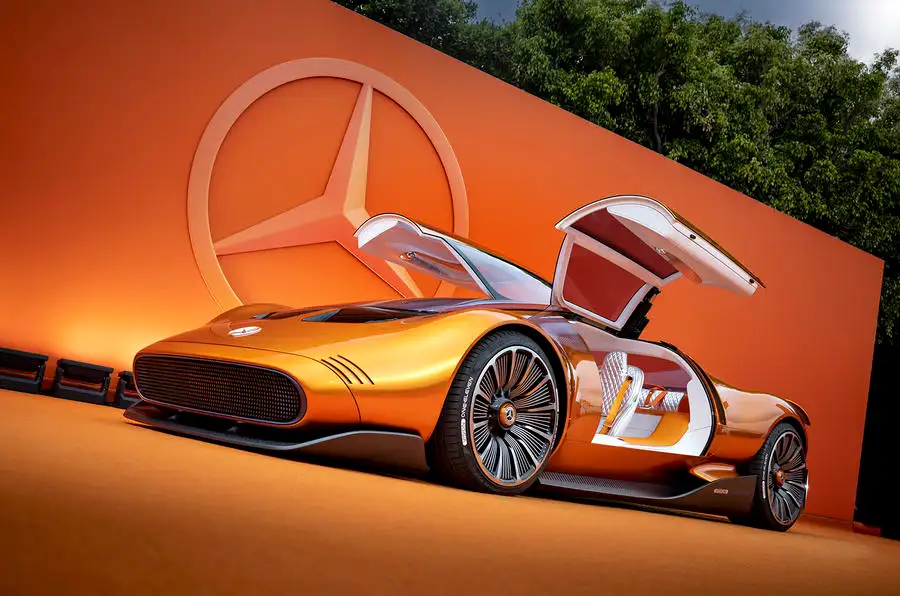
Mercedes-AMG has an electric supercar in the works to launch the performance arm into the EV age.
The upcoming performance flagship was previewed by the retro-inspired Vision One-Eleven concept from last year, and it’s being positioned as the “brand-defining successor to the SLS Electric Drive”.
Unlike that limited-edition car, which saw only nine units produced, the new AMG supercar is slated for significantly higher production numbers later this decade.
This new electric supercar is set to be a key element of Mercedes-AMG’s future, despite CEO Michael Schiebe extending the life of some profitable combustion-engine models, citing slower-than-expected EV sales. Schiebe, however, is clear about the company’s direction, stating: “It’s clear that we are going all-electric.”
Reports suggest the supercar will surpass the 1,049 bhp (782 kW) Mercedes-AMG One, whose Formula 1-inspired V6/electric hybrid can sprint from 0 to 100 km/h (62 mph) in 2.9 seconds and hit 0 to 300 km/h (186 mph) in 15.6 seconds.
Like the Vision AMG, the new supercar will feature an 800V electric architecture and a cutting-edge cylindrical-cell lithium-ion battery with silicon-anode advancements from US battery specialist Sila.
Powering the car will be high-revving axial flux electric motors, which will first appear in the electric GT 4-Door. Originally developed by Yasa, a British firm acquired by Mercedes-Benz in 2021, these motors have been further refined by a team of engineers from both Yasa and Mercedes-AMG.
Yasa’s axial-flux motors have already been integrated into high-performance plug-in hybrids like the Ferrari SF90 Stradale and the Koenigsegg Regera.
Yasa officials have revealed that AMG’s version of this patented motor offers more than double the power-to-weight ratio of their current motors with up to 489 bhp (365 kW) and 800 Nm (590 lb-ft) of torque, with a weight of just 24 kg.
Production of AMG’s axial-flux motors will take place at Mercedes’ Berlin-Marienfelde plant, starting next year. However, Schiebe said AMG will not abandon its ‘one man, one engine’ philosophy, adding: “This is part of our DNA. We will have something in the future which is comparable to ‘one man, one engine’, and it will not be just a marketing effort.”

